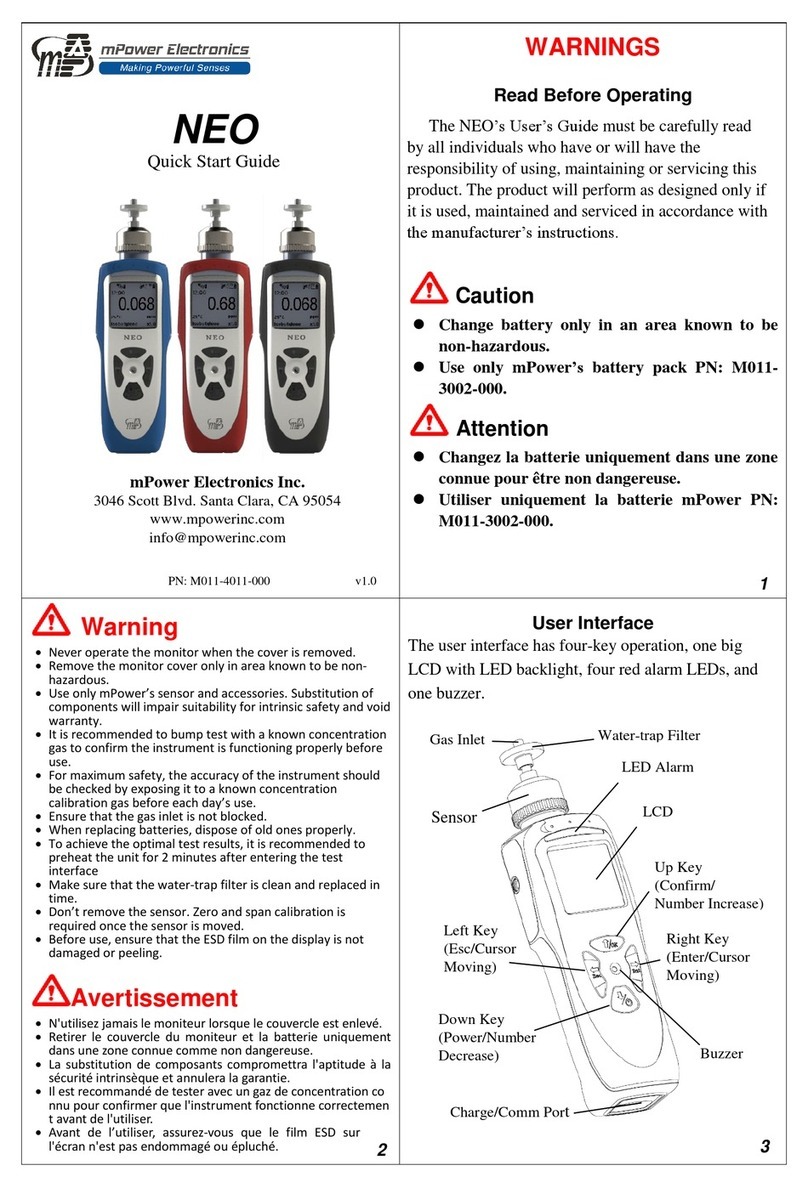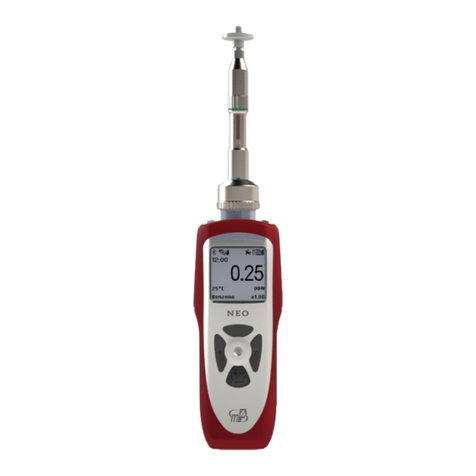VOXI User’s Guide
1
Contents
1. General Information ............................................................................................... 5
1.1 Key Features........................................................................................................................................................5
2. User Interface.........................................................................................................6
3. Installation .............................................................................................................7
3.1 Mounting ............................................................................................................................................................7
3.2 Rain Cap ..............................................................................................................................................................8
3.3 Electrical Connections .........................................................................................................................................9
3.3.1 Baseline 4 mA Signal Adjustment ..................................................................................................................10
3.3.2 MODBUS Message RTU Framing ...................................................................................................................10
4. Operation Overview ............................................................................................. 11
5. Controller Operations ........................................................................................... 11
5.1 Hardware and Software Requirements.............................................................................................................11
5.2 Connecting the VOXI to the Controller (Mobile Device)....................................................................................12
5.3 Operation Shortcut Buttons and Overview .......................................................................................................12
5.4 Field Service (Calibration, etc.)..........................................................................................................................13
5.5 VOXI Settings ....................................................................................................................................................16
5.6 View Operations Log.........................................................................................................................................17
6. Maintenance ........................................................................................................ 18
6.1 Replacing Filters................................................................................................................................................18
6.2 Removing/Cleaning/Replacing Lamp and Sensor .............................................................................................18
6.3 Replacing Pump ................................................................................................................................................20
7. Troubleshooting ................................................................................................... 21
8. Technical Specifications ........................................................................................ 22





























